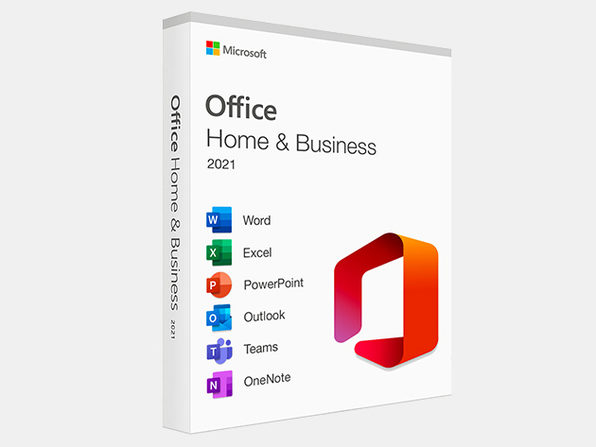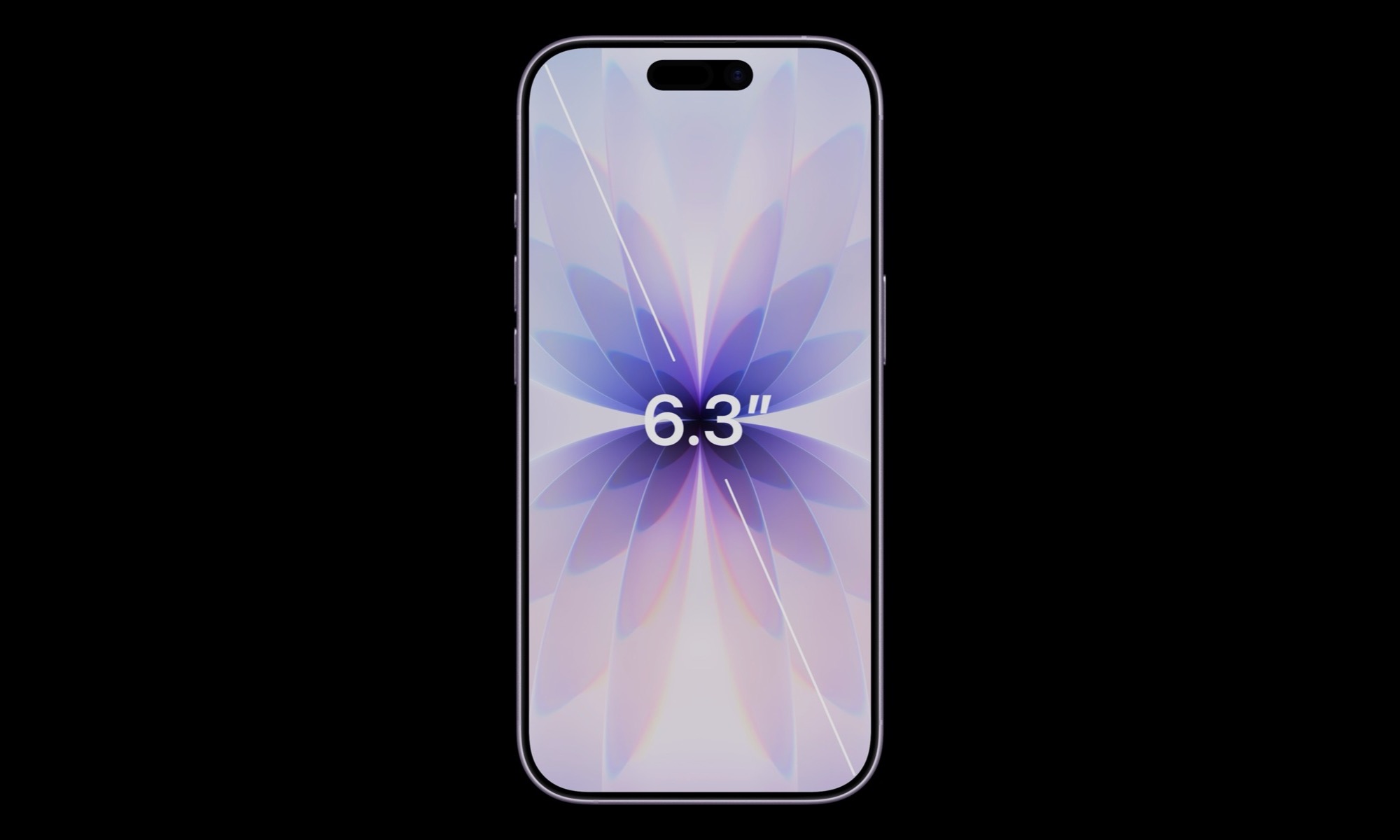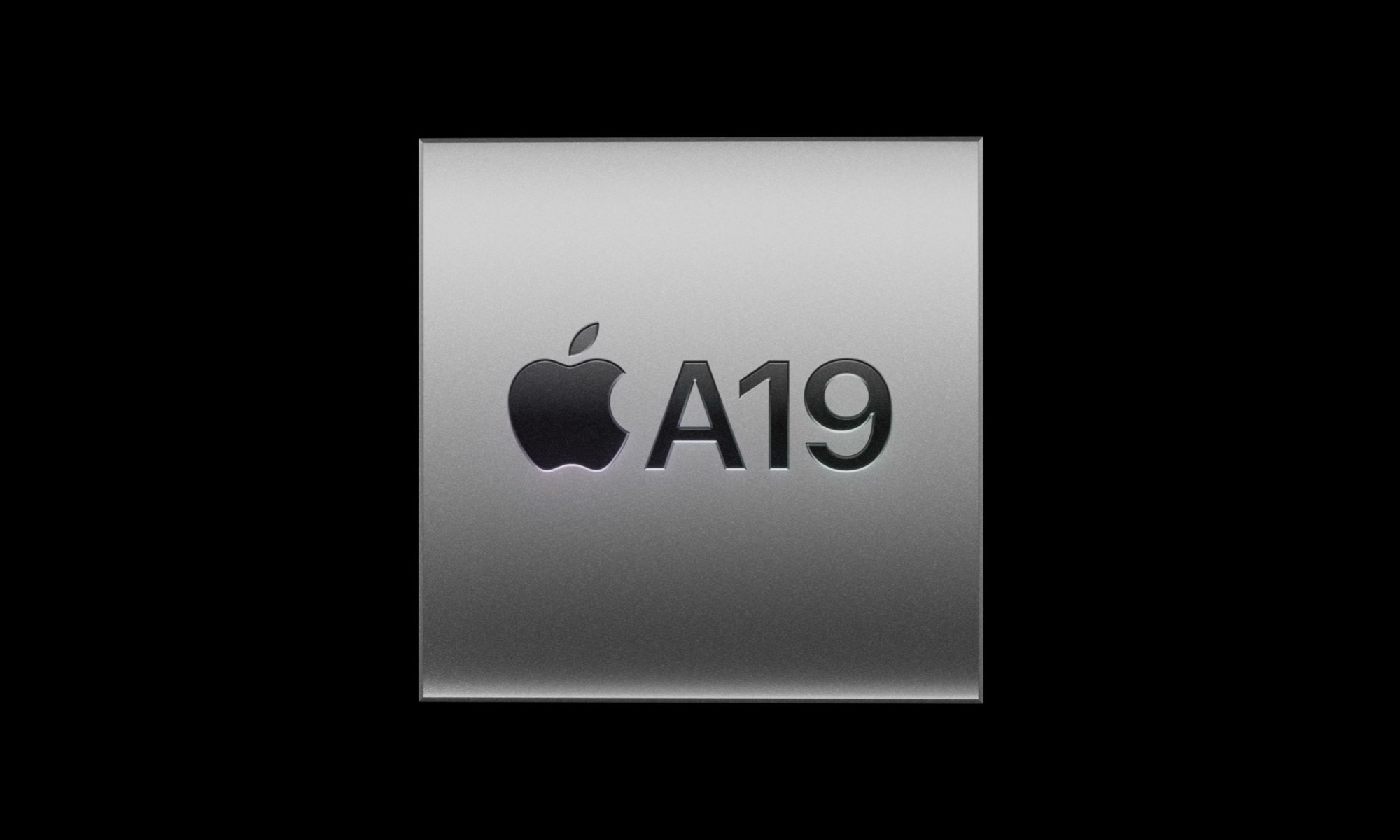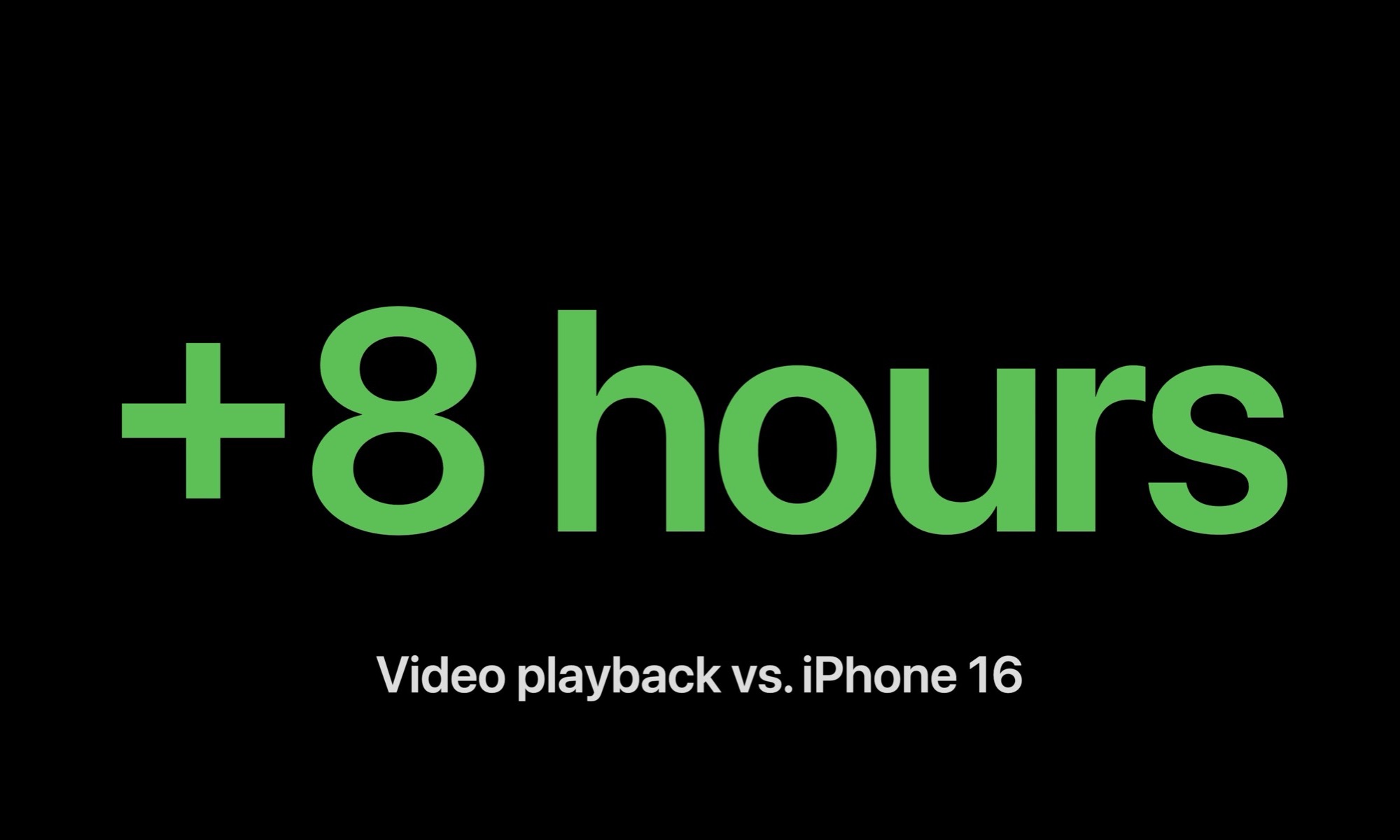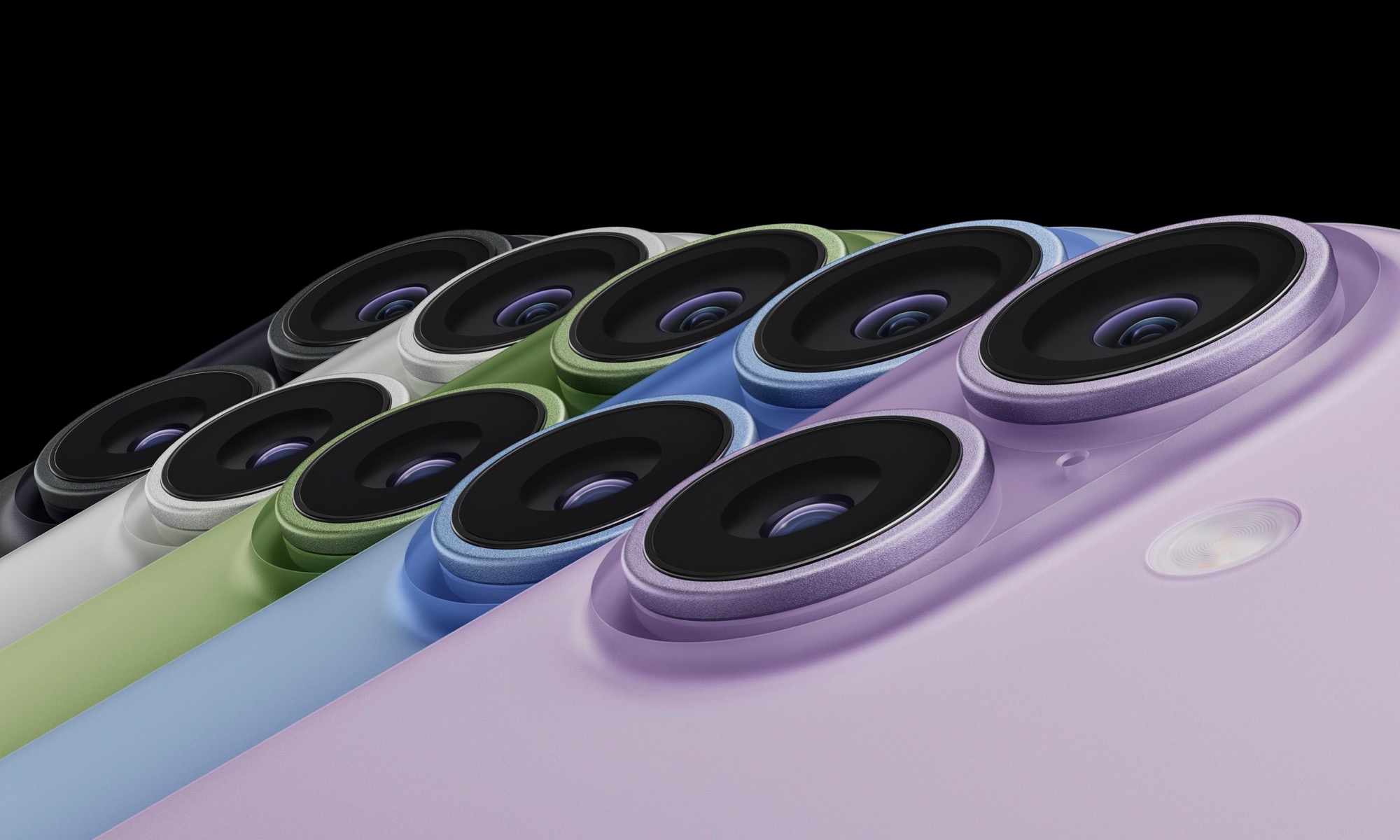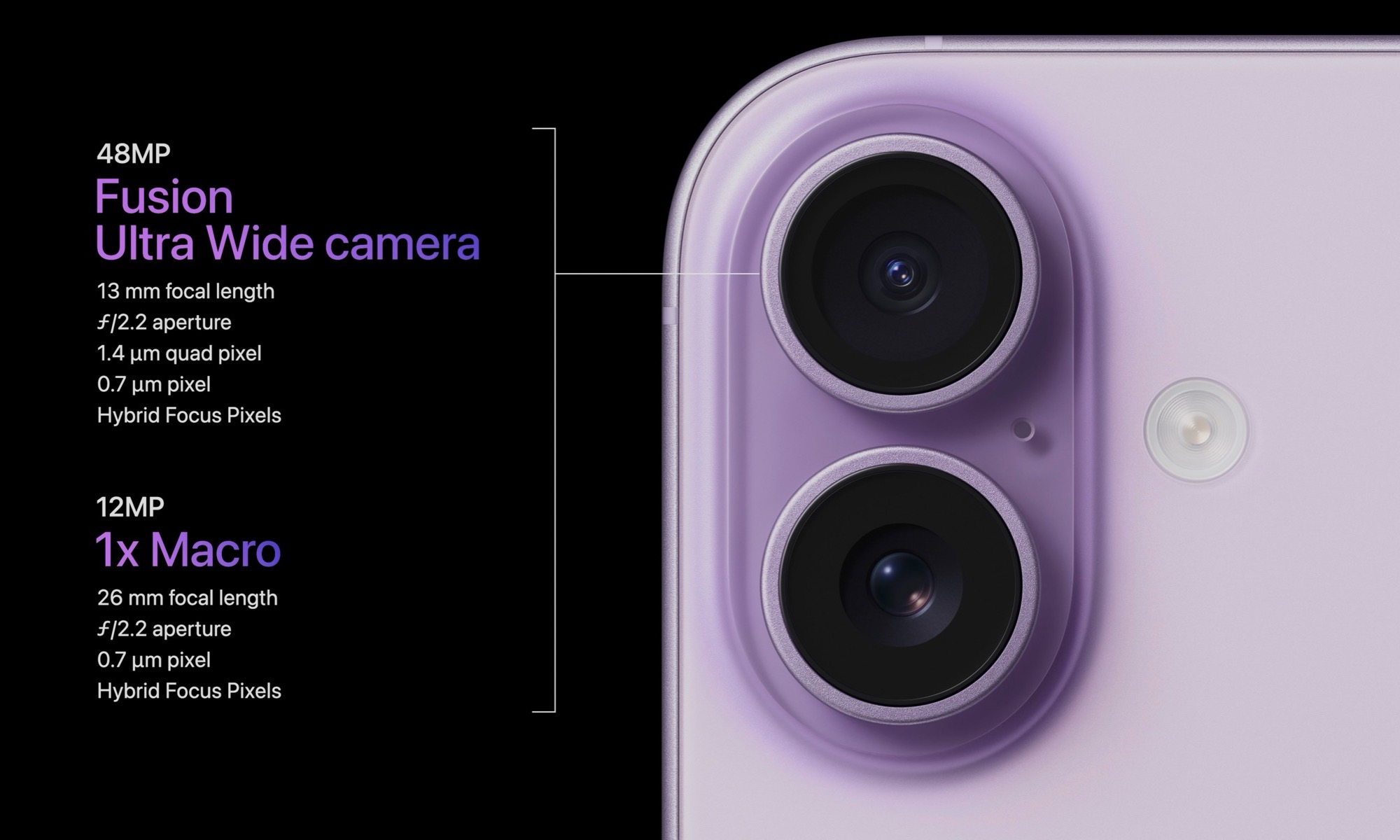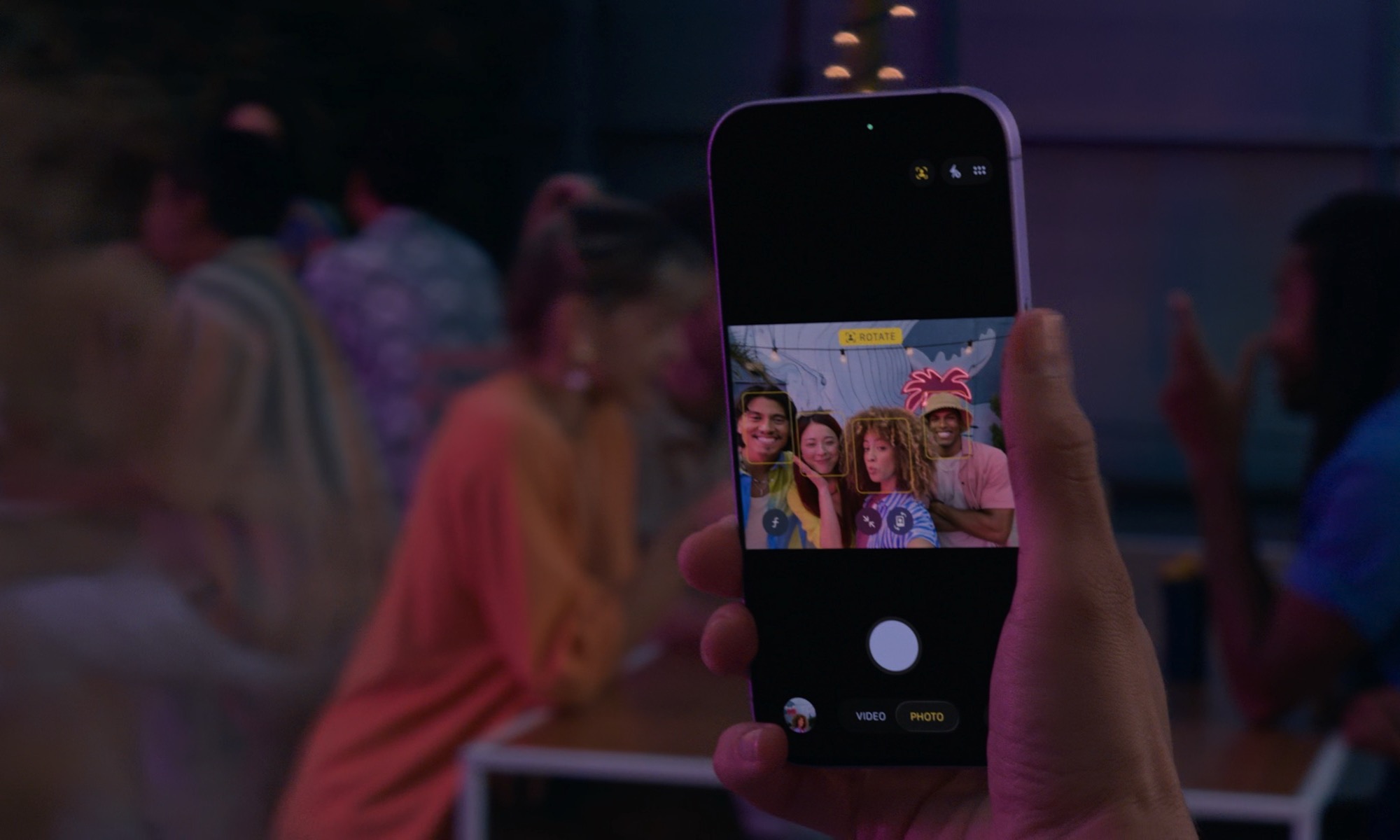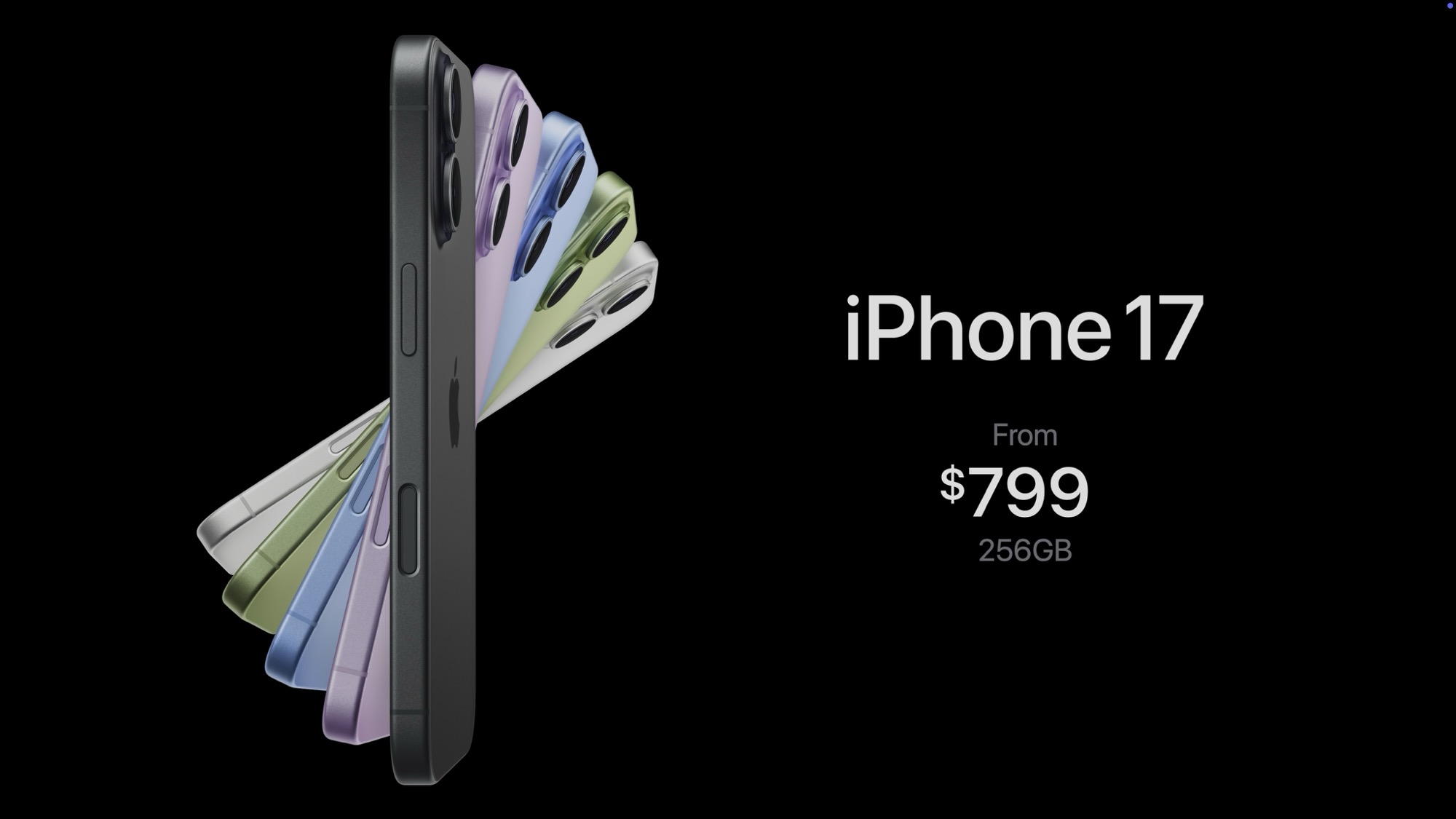iPhone 17 Takes Center Stage with New Cameras and 120 Hz Display
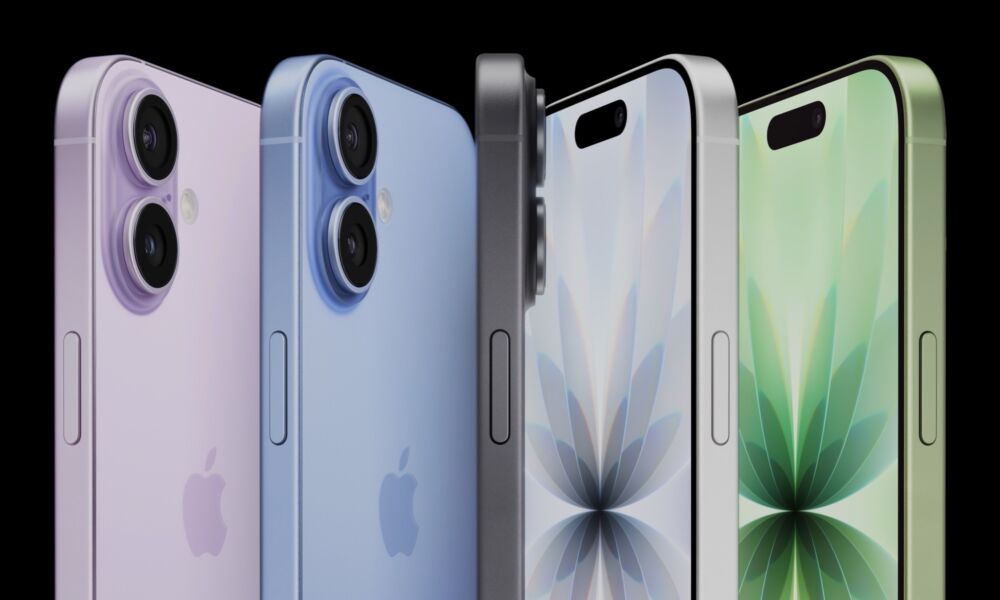
Toggle Dark Mode
Today was the day that iPhone fans have been waiting for, as the company unveiled its 2025 iPhone lineup. While the rumor mill meant there weren’t too many surprises, it’s nice to finally have confirmation of the past several months of buzz.
That’s particularly true for the new iPhone 17, which appears to be everything we were hoping for — and more. From a starting price of $799 to a fully capable 120 Hz ProMotion display, Apple delivered on all fronts, and even pleasantly surprised us with a few improvements that went above and beyond.
For example, while most analysts predicted that Apple would hold the line on pricing for the standard iPhone model, what nobody saw coming is that Apple has finally doubled the storage at that price point, making the iPhone 17 an even better value with 256 GB. The last time we saw a similar storage bump was in 2021, when the iPhone 13 set the new baseline as 128 GB.
That’s in stark contrast to the iPhone 17 Pro. Apple finally raised the bar to 256 GB there, too, but it didn’t make any price adjustments; it merely eliminated the more affordable 128 GB model, just like it did for the iPhone 15 Pro Max two years ago.
Still, there’s much more to this year’s iPhone 17 than a mere storage bump.
Design and Display
The general design of the iPhone 17 hasn’t changed from its predecessor. That’s understandable as the iPhone 16 already broke new design ground last year, pulling ahead of its Pro counterparts.
Still, the casing may look the same, but Apple has added a couple of millimetres to the height to make room for a larger 6.3-inch display. That’s an increase you won’t notice unless you’re holding both models against each other, as the bulk of the room for the new screen comes from thinning out the bezels around it.
A larger screen is nicer, but it’s what it can do that really shines here. Apple has pushed it to 3,000 nits of maximum brightness and given it the same ProMotion technology that’s been used in the iPhone Pro models for the past three years.
While a 120 Hz display was all but certain, there were concerns that Apple might compromise on this to differentiate the Pro models. For example, just because a display can reach a refresh rate of 120 Hz, that doesn’t automatically mean it can drop to the 1 Hz refresh rate required for an always-on display.
Thankfully, Apple didn’t cut corners, and the iPhone 17 has a fully functional display that can run the entire range of refresh rates and provide an always-on display feature.
In fact, for the first time since Apple split the iPhone family into standard and Pro models, Apple appears to finally be using the same display specs for all four of this year’s new models. The closest it came before was in 2020 with the iPhone 12, but Apple artificially limited the brightness on the standard model’s display to give the iPhone 12 Pro an advantage. It’s not doing that for the iPhone 17, which offers the same 1,000 nits of typical maximum brightness, 1,600 nits of peak HDR brightness, and 3,000 nits of outdoor brightness provided by the iPhone 17 Pro and iPhone 17 Pro Max.
Apple has also covered the iPhone 17 display with its more durable Ceramic Shield 2 glass, promising three times better scratch resistance, and a seven-layer antireflective coating to reduce glare significantly.
Performance and Battery Life
As expected, this year’s iPhone 17 boasts Apple’s latest A19 chip, built on 3-nanometer (3 nm) technology, with a 6-core CPU and a “next-generation” 5-core GPU.
While that sounds like an incremental upgrade, Apple has a new trick up its sleeve for this year’s silicon. An updated Neural Engine also provides independent Neural Accelerators for the GPU, which should deliver even better gaming performance.
Thanks in large part to the ProMotion display, the iPhone 17 can also now hit up to 30 hours of video playback — an eight-hour increase over the iPhone 16. This is similar to what we saw when Apple first brought ProMotion to the iPhone 13 Pro, and is a result of the display being able to lower its refresh rate to better match the frame rate of whatever you’re watching. Since most videos are recorded in 30 or 24 frames per second, playing them on a 60 Hz display (which means it refreshes 60 times every second) is a waste of power, as the iPhone refreshes the screen twice as often as it needs to.
Contrary to rumors, Apple didn’t say anything about embracing faster Qi 2.2 wireless charging speeds. However, the iPhone 17 does support faster wired charging. Apple doesn’t typically talk in terms of watts, but the company shared that the iPhone 17 should now be able to reach a 50% charge in just 20 minutes. According to the published specs, this will require a 40W adapter.
Camera System
The iPhone 17 is also boasting some nice camera improvements this year — on both sides.
The rear sports the typical dual-camera system, with the main wide lens featuring what appears to be the same 48 MP Fusion Camera as the iPhone 16. Apple may be using a new sensor, but the specs are so similar that it’s hard to know for sure.
However, the Ultra Wide camera has made a significant jump to 48 MP, repeating what Apple did with the iPhone 16 Pro models last year. That’s four times the resolution of the previous camera, and will provide an especially nice boost for macro photography.
The bigger change is around front, where the selfie camera not only moves to a higher resolution, but also adopts a new sensor and embraces Apple’s “Center Stage” technology from the Mac and iPad.
The new resolution is 18 MP, which falls a bit short of the 24 MP we heard from the rumor mill, but we’re willing to let that go, as it seems that some of the confusion may have stemmed from Apple’s decision to go with a square-shaped camera sensor. Since the new sensor still captures images in either portrait or landscape mode, it’s possible that it actually has a 24 MP resolution under the hood, with only 18 megapixels being used for the resulting shots.
This square sensor powers a fun new trick for the front camera, letting you take high-resolution photos and videos in landscape mode without rotating your iPhone. That not only enables you to keep a better grip on it, but it also dynamically adjusts, thanks to the Center Stage feature, flipping into landscape as more people join a group selfie, for instance.
The new sensor also now offers powerful image stabilization capabilities, akin to the rear cameras’ Action Mode, so that you can capture selfie videos on the go without excessive jitter.
Lastly, while Apple only mentioned this during the iPhone Air portion of its event, a new dual capture feature is coming to the entire lineup that will let you simultaneously record video from both the front and back cameras in 4K Dolby Vision at up to 30 frames per second (fps).
Pricing and Availability
The iPhone 17 comes in the usual white and black shades, as well as lavender, mist blue, and sage. As usual, it will go up for pre-order this Friday, September 12, 2025, at 5 a.m. Pacific Time. The 256 GB model is priced at $799, and the 512 GB model will go for $999. With the elimination of the 128 GB tier, only two storage configurations are available this year. The new iPhones will land in stores on September 19, 2025.

